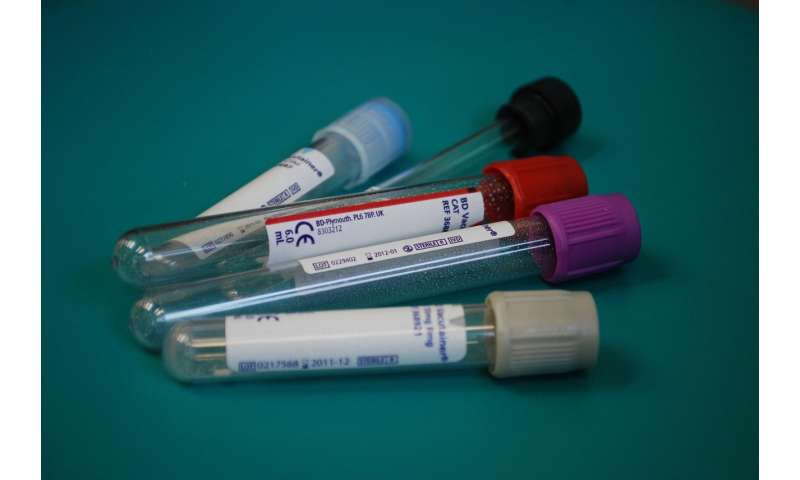
The COVID-19 pandemic has resulted in over 2.5 million confirmed cases worldwide and nearly over 170,000 deaths as of April 21 according to the World Health Organization. Early identification of potential patients and diagnosis followed by isolation are critical for controlling the current pandemic and flattening the curve. This study describes a novel method that may enable decentralized facilities to deliver faster test services for COVID-19 to more people, reports the Journal of Molecular Diagnostics.
Diagnostic testing for SARS-CoV-2, the causative viral pathogen of COVID-19, is critical to detecting the virus, understanding its epidemiology, informing case management, and suppressing transmission. Diagnosis currently relies mainly on methods involving RT-qPCR (reverse transcription quantitative PCR), but their capacity is limited by the availability of high-level facilities and instruments.
Lead investigator Jin-Soo Maeng, Ph.D., Center for Convergent Research of Emerging Virus Infection, Korea Research Institute of Chemical Technology, Daejeon, and Research Group of Food Processing, Korea Food Research Institute, Wanju-gun, Republic of Korea, and colleagues developed and evaluated RT-LAMP (reverse transcription loop-mediated isothermal amplification) assays to detect genomic RNA (ribonucleic acid) of SARS-CoV-2. RT-LAMP is a one-step nucleic acid amplification method that is used in the diagnosis of infectious diseases caused by bacteria or viruses.
The investigators first designed LAMP primer sets targeting genomic regions specific to SARS-CoV-2 compared to other human pathogenic coronaviruses. Through subsequent screening for sensitivity and reaction time, they found two promising LAMP primer sets. They then optimized RT-LAMP reactions for each of the two sets and evaluated the limit of detection and the specificity to other coronaviruses.
The RT-LAMP assays in this study were able to detect as low as 100 copies of SARS-CoV-2 RNA. Cross-reactivity of RT-LAMP assays to other human coronaviruses was not observed. The primer sets were used as the starting point and coupled with crystal violet colorimetric detection, which may increase test throughput. The reaction can be performed and interpreted with a very simple instrument such as a drying oven or water bath. The performance of assays may be further modified by adopting other detection methods and using other enzyme systems.
“Isothermal nucleic acid amplification tests such as RT-LAMP have the potential to be used at the point-of-care with sensitivity comparable to that of the current RT-qPCR tests,” noted Dr. Maeng. “Although the proper extraction of sample RNA is still required, our RT-LAMP method has the potential to be run in decentralized test facilities to provide faster test services to more people.”
“Although RT-qPCR is the gold standard for detection of pathogens because of their high sensitivity and specificity, there are still some caveats,” explained Dr. Maeng. “Centralized testing laboratories, with facilities such as a reliable supply of electricity, expensive instruments, and trained personnel, are required to properly perform RT-qPCR tests. Ideally, screening tests have to be not only sensitive, but also simple and fast so that they can be performed at point-of-care. The main goal of our research was to identify a method with high diagnostic potential that may operate in decentralized facilities.”
Source: Read Full Article






